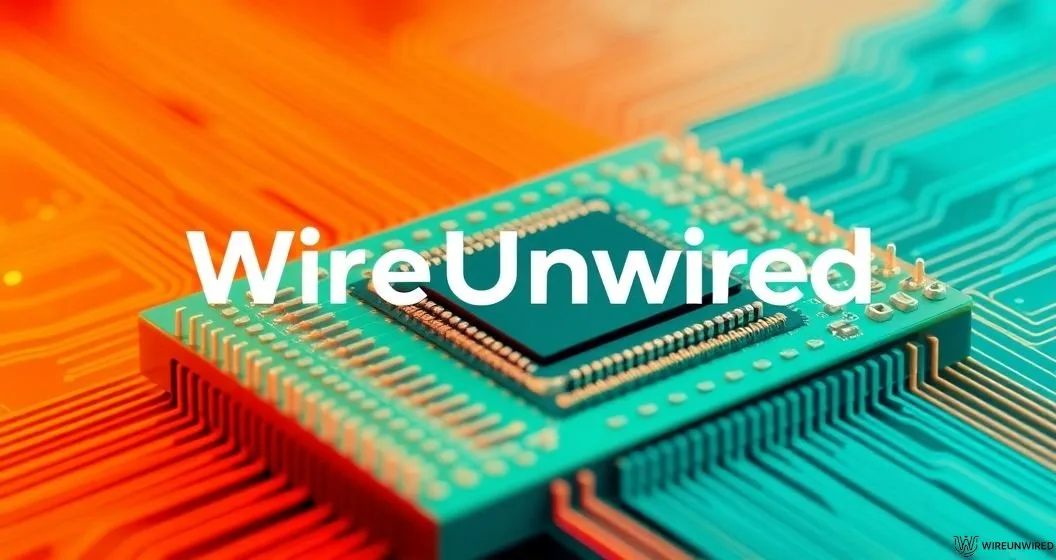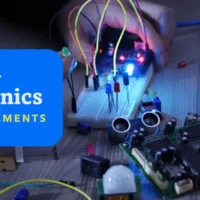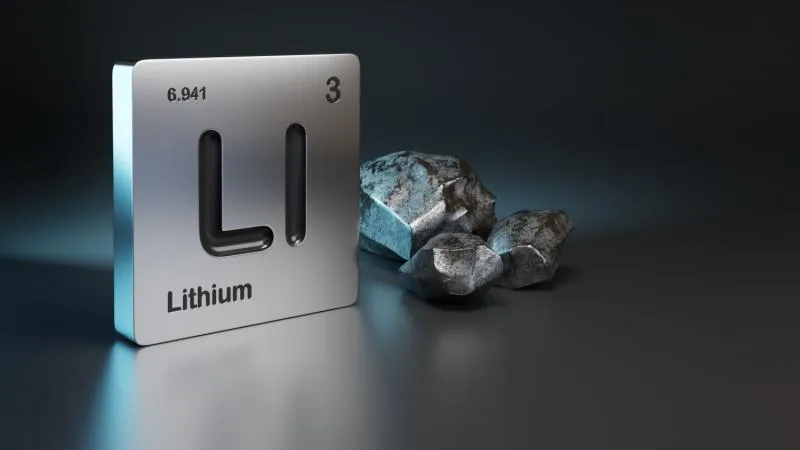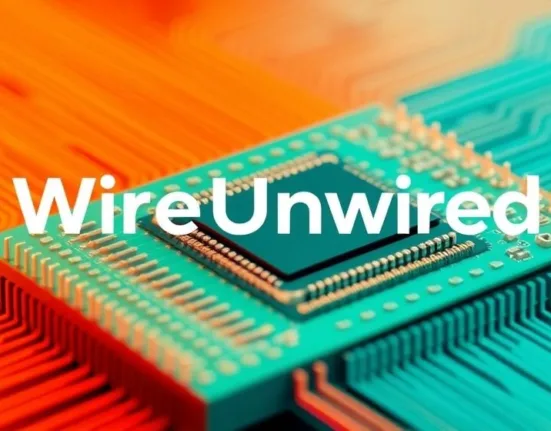French Researchers Achieve Breakthrough in Hybrid Memory for On-Chip AI Learning and Inference
- by Priyadarshan
- 5 October 2025
- 4 minutes read

Edge artificial intelligence may have just received its most significant upgrade yet. In September 2025, French researchers led by CEA-Leti in Grenoble, France, unveiled the world’s first hybrid memory technology that enables both on-chip training and inference. This research, published in Nature Electronics, if implemented, could transform how autonomous vehicles, medical sensors, and industrial monitors process and adapt to real-time data—all without relying on cloud-based updates or excessive energy consumption.
Background: What is Edge AI and Inference?
Edge artificial intelligence, or edge AI, refers to AI systems that perform data processing and decision-making directly on local devices—such as smartphones, cars, wearables, or sensors—instead of sending everything to powerful computers in the cloud. This enables real-time responses and greater privacy, since data never needs to leave the device.
A key part of edge AI is inference: the ability for a device to use a trained model to interpret data and make quick decisions—like identifying objects in a camera feed or detecting anomalies in health readings. Traditionally, updating or improving these models, a process known as training, had to happen remotely. Devices had to rely on external servers to learn from new experiences, which posed challenges for speed, privacy, and energy use.
This context is crucial for understanding why recent breakthroughs in hybrid memory technology are so game-changing for edge AI devices—they promise to make both inference and training possible right there on the device, unlocking smarter and more adaptive technology everywhere.
Edge AI’s Long-Standing Challenge :On-Chip AI Learning and Inference.
Edge AI devices, from autonomous vehicles to wearable health monitors, have long faced a fundamental dilemma: how to balance efficient inference with adaptive learning. While these devices excel at making fast decisions using pre-trained models, they struggle with on-device learning—the ability to update and improve their models as new data arrives in real-world scenarios.
This challenge stems from a core limitation in traditional memory technologies, which could only optimize for one function at a time. Engineers were consistently forced into difficult trade-offs: either send sensitive data to cloud servers for model updates—sacrificing speed, privacy, and reliability—or attempt energy-intensive on-device training that quickly drains batteries and shortens hardware lifecycles.
Also Read: The Global AI Arms Race and its Geopolitical Implications.
The Hybrid Solution: Bridging the Gap
To address these limitations, an ambitious collaborative effort led by CEA-Leti brought together experts from leading French research institutions, including Université Grenoble Alpes, CEA-List, CNRS, University of Bordeaux, Bordeaux INP, IMS France, Université Paris-Saclay, and C2N. Supported by funding from the European Research Council (consolidator grant DIVERSE: 101043854) and the France 2030 government grant (ANR-22-PEEL-0010), this team developed a groundbreaking CMOS-compatible memory stack that fuses two previously incompatible technologies: ferroelectric capacitors (FeCAPs) and memristors.
This ingenious hybrid approach leverages the analog precision of memristors for rapid inference, while utilizing the fine-tuned weight adjustment capabilities of FeCAPs for on-device learning—effectively solving the trade-off dilemma that has plagued edge AI development.
As Michele Martemucci, lead author of the Nature Electronics paper, explains:
“Inspired by quantized neural networks, we adopted a hybrid approach: Forward and backward passes use low-precision weights stored in analog in memristors, while updates are achieved using higher-precision FeCAPs. Memristors are periodically reprogrammed based on the most-significant bits stored in FeCAPs, ensuring efficient and accurate learning.”
This innovative stack is constructed from silicon-doped hafnium oxide with a titanium scavenging layer, enabling a single device to operate as either a FeCAP or memristor depending on how it’s electrically formed. The team successfully fabricated and tested an 18,432-device array using standard 130nm CMOS processes, integrating both memory types and all essential circuitry onto a single chip.
How this Hybrid memory would help Edge AI ?
This breakthrough means future edge devices can adapt on the fly—learning from data as it happens and making smarter, faster decisions without sending information to the cloud. The result is lower energy use, reduced latency, and greater data privacy for applications like autonomous driving, medical diagnostics, and industrial automation.
- Autonomous vehicles can continuously refine their models based on new traffic patterns or hazards.
- Medical sensors can personalize health monitoring in real time, improving patient outcomes.
- Industrial monitors can detect anomalies and adapt to changing conditions with minimal delay.
By sidestepping the need for frequent cloud-based model updates, manufacturers can also lower operational costs and improve device reliability.
Also Read: Deep dive into Intel’s new Backside power delivery
Why This Matters Now
As the world races toward a future with over 60 billion connected devices by 2030, as highlighted in CEA-Leti’s research highlights, solutions that enable smarter, more adaptive, and energy-efficient edge AI are critical. This hybrid memory technology not only addresses a fundamental technical challenge—it paves the way for a new generation of intelligent, autonomous systems that are both more capable and more sustainable.
Want to keep up with the latest in edge AI breakthroughs? Join our WhatsApp community for real-time updates and expert discussion.
Discover more from WireUnwired Research
Subscribe to get the latest posts sent to your email.








